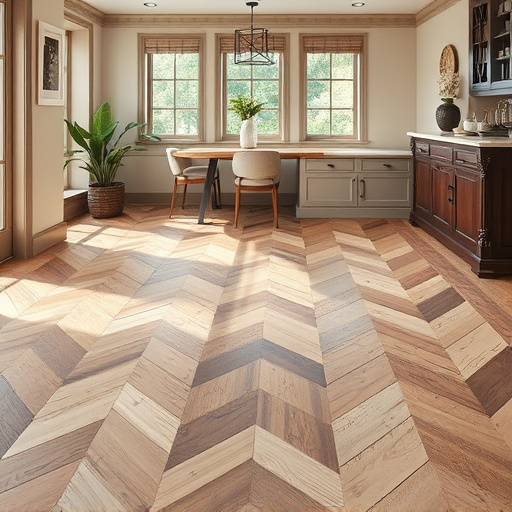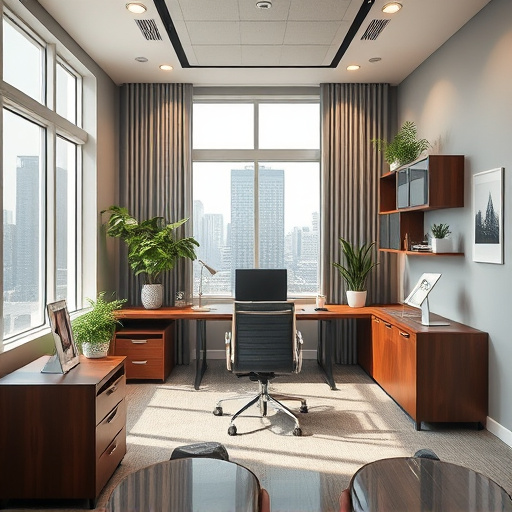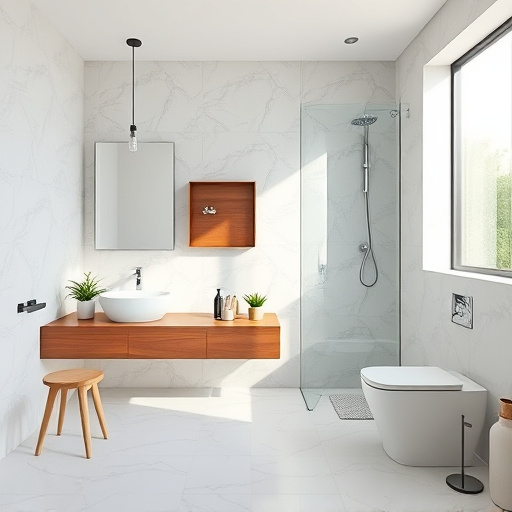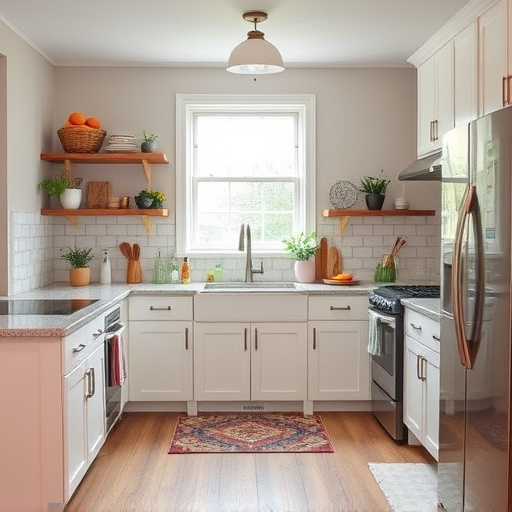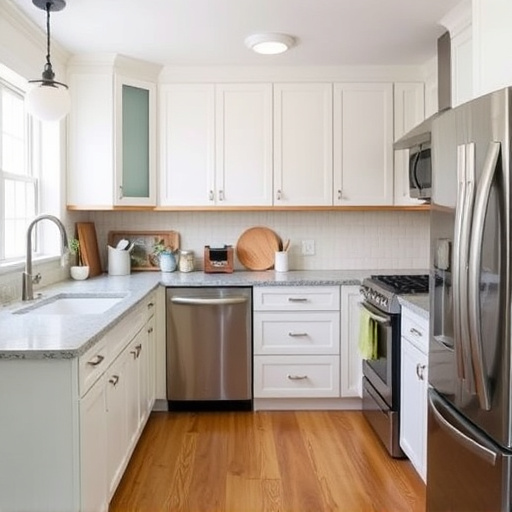Designing sustainable office interiors requires selecting eco-friendly materials like bamboo, reclaimed wood, and recycled metal, which reduce environmental impact, minimize waste, and support a circular economy. Using natural, locally sourced materials promotes healthier work environments and aesthetic appeal while offering durability and low maintenance. Skilled renovation services ensure seamless integration of these green options into office interiors, resulting in vibrant, planet-conscious workspaces that showcase a commitment to sustainability.
“Revolutionize your workplace with sustainable office interiors that minimize environmental impact. In today’s eco-conscious world, choosing eco-friendly materials for furnishings is a game-changer. Explore our guide on selecting recycled, upcycled, and natural options, backed by successful case studies. Discover energy-efficient design strategies, from optimizing natural lighting and ventilation to integrating smart building technologies. Learn how interior layout innovations, such as collaborative spaces and green amenities, foster a greener work culture. Embrace these practices to create an office that’s both productive and planet-friendly.”
- Choosing Eco-Friendly Materials for Office Furnishings
- – Exploring sustainable material options
- – Benefits of using recycled, upcycled, and natural materials
Choosing Eco-Friendly Materials for Office Furnishings
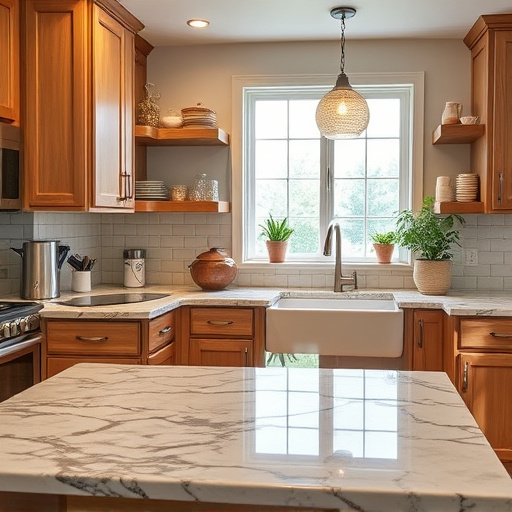
When designing sustainable office interiors, selecting eco-friendly materials for furnishings is a key step. Opting for options made from recycled or rapidly renewable resources not only reduces the environmental impact during production but also minimizes waste and pollution associated with traditional manufacturing processes. For instance, choosing desk tops crafted from bamboo, a fast-growing grass, or chairs made from reclaimed wood not only contributes to a healthier planet but also offers aesthetically pleasing alternatives that can enhance the overall look and feel of any office space.
Incorporating eco-friendly materials extends beyond just furniture. Consider sustainable fabrics for drapes and upholstery, such as those made from organic cotton or recycled polyester. Additionally, selecting floor coverings like linoleum or bamboo flooring not only supports environmental sustainability but also provides durable and low-maintenance options that can withstand the demands of a busy office environment, making them a smart choice for any project focused on creating eco-conscious office interiors.
– Exploring sustainable material options
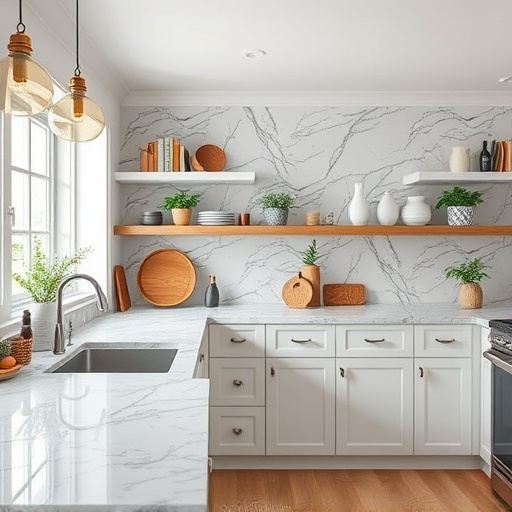
When designing office interiors with minimal environmental impact, exploring sustainable material options is paramount. Natural, locally sourced materials like bamboo, reclaimed wood, and recycled metal not only reduce carbon footprints but also offer aesthetic appeal. These choices contribute to healthier work environments by minimizing the use of harmful chemicals and reducing overall waste.
Moreover, focusing on functional spaces and innovative home transformations can significantly cut down on material consumption. Skilled renovation services can help integrate these sustainable materials seamlessly into office layouts, ensuring both beauty and durability. By prioritizing eco-friendly options throughout the design and renovation process, businesses can create vibrant, inviting, and planet-conscious workspaces that serve as a statement of their commitment to sustainability.
– Benefits of using recycled, upcycled, and natural materials
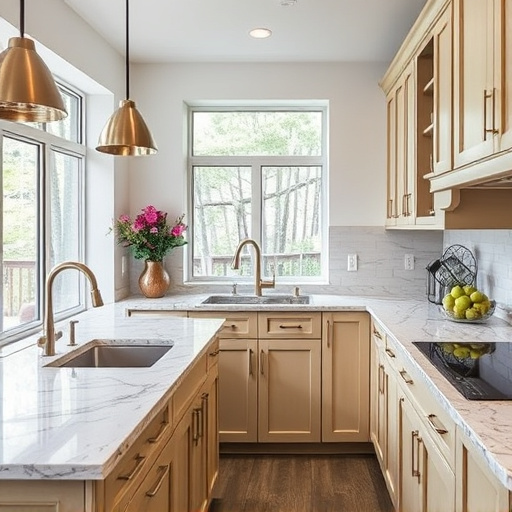
The choice of materials plays a significant role in creating sustainable office interiors that minimize environmental impact. Recycled, upcycled, and natural materials offer numerous benefits for both the planet and businesses. By opting for these eco-friendly alternatives, companies can reduce their carbon footprint and contribute to a circular economy, where resources are reused and recycled. For instance, using recycled content in furniture manufacturing decreases the demand for new raw materials, thereby conserving energy and lowering emissions.
Incorporating upcycled materials into office design not only adds a unique aesthetic appeal but also diverts waste from landfills. Natural materials like bamboo, cork, and reclaimed wood are renewable resources that grow back quickly, ensuring a constant supply without depleting forests. Additionally, these materials often have lower environmental impacts than their synthetic counterparts, making them ideal choices for those seeking to create green workspaces. This trend extends beyond commercial settings; residential renovations and home remodeling projects can also embrace these sustainable practices, contributing to a healthier planet and more stylish living spaces.
Sustainable office interiors are not just a trend but an essential step towards reducing our environmental footprint. By choosing eco-friendly materials for furnishings, businesses can significantly minimize their impact on the planet. Recycled, upcycled, and natural materials offer both aesthetic appeal and long-term benefits, ensuring a healthier workplace while contributing to a greener world. Incorporating these practices into office design is a powerful way to lead by example and inspire positive change in the industry.








